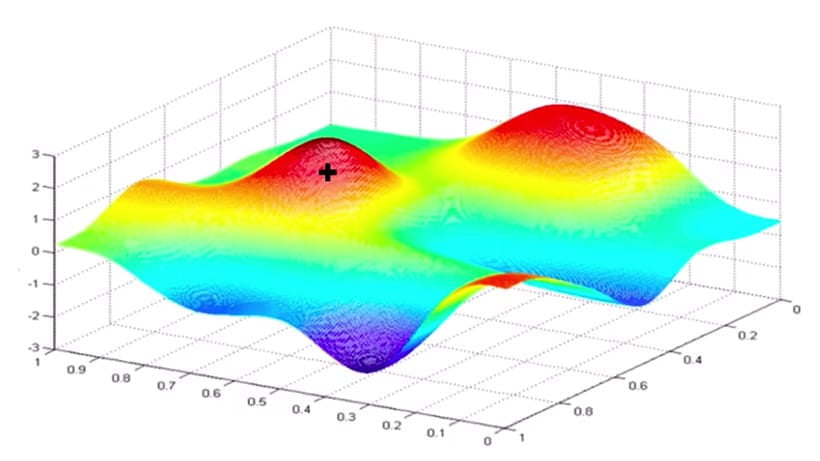یادگیری ماشینی نظری و پیشرفته با TensorFlow
قبل از شروع مطالب آموزشی زیر، مطمئن شوید:
برنامه درسی ما مبانی یادگیری ماشین را با TensorFlow تکمیل کنید یا دانشی معادل آن داشته باشید
تجربه توسعه نرم افزار به خصوص در پایتون داشته باشید
این برنامه درسی نقطه شروعی برای افرادی است که مایلند:
درک آنها از ML را بهبود بخشد
درک و پیاده سازی مقالات را با TensorFlow آغاز کنید
قبل از ادامه، باید دانش پیش زمینه ای در مورد نحوه کار ML یا تکمیل مواد آموزشی در برنامه درسی مبتدی مبانی یادگیری ماشین با TensorFlow داشته باشید. محتوای زیر برای راهنمایی فراگیران به سمت محتوای یادگیری ماشینی تئوری و پیشرفته تر در نظر گرفته شده است. خواهید دید که بسیاری از منابع از TensorFlow استفاده می کنند، با این حال، دانش قابل انتقال به سایر چارچوب های ML است.
برای درک بیشتر خود از ML، باید تجربه برنامه نویسی پایتون و همچنین پیش زمینه ای در حساب دیفرانسیل و انتگرال، جبر خطی، احتمالات و آمار داشته باشید. برای کمک به تعمیق دانش ML خود، تعدادی از منابع و دوره های توصیه شده از دانشگاه ها و همچنین چند کتاب درسی را فهرست کرده ایم.
مرحله 1: درک خود را از مفاهیم ریاضی تجدید کنید
ML یک رشته ریاضی سنگین است. اگر قصد دارید مدلهای ML را اصلاح کنید، یا مدلهای جدید را از ابتدا بسازید، آشنایی با مفاهیم اساسی ریاضی مهم است. لازم نیست تمام ریاضیات را از قبل یاد بگیرید، اما در عوض می توانید مفاهیمی را که با آنها آشنا نیستید، جستجو کنید. اگر مدتی است که یک دوره ریاضی را گذراندهاید، سعی کنید فهرستهای پخش Essence of algebra linear و Essence of calculus را از 3blue1brown برای تجدید نظر تماشا کنید. توصیه میکنیم با شرکت در کلاسی از دانشگاه یا تماشای سخنرانیهای دسترسی آزاد از MIT، مانند جبر خطی یا حساب متغیر منفرد، ادامه دهید.

مجموعهای از ویدیوهای کوتاه و تصویری از 3blue1brown که درک هندسی ماتریسها، تعیینکنندهها، موارد خاص و موارد دیگر را توضیح میدهد.

مجموعه ای از ویدیوهای کوتاه و تصویری از 3blue1brown که اصول حساب دیفرانسیل و انتگرال را به گونه ای توضیح می دهد که به شما درک قوی از قضایای اساسی و نه فقط نحوه کار معادلات می دهد.

این دوره مقدماتی از MIT نظریه ماتریس و جبر خطی را پوشش می دهد. تاکید بر موضوعاتی است که در رشته های دیگر مفید خواهد بود، از جمله سیستم های معادلات، فضاهای برداری، تعیین کننده ها، مقادیر ویژه، شباهت ها و ماتریس های قطعی مثبت.

این دوره مقدماتی حساب دیفرانسیل و انتگرال از MIT تمایز و ادغام توابع یک متغیر را با کاربردها پوشش می دهد.





